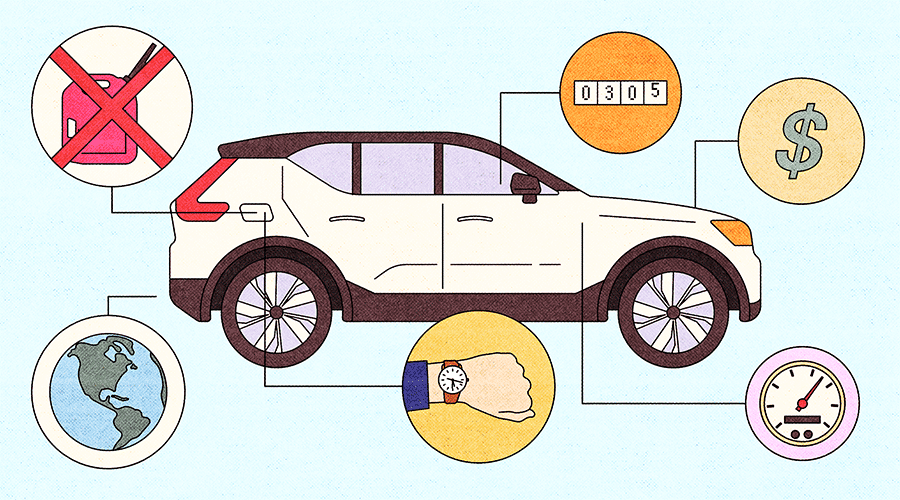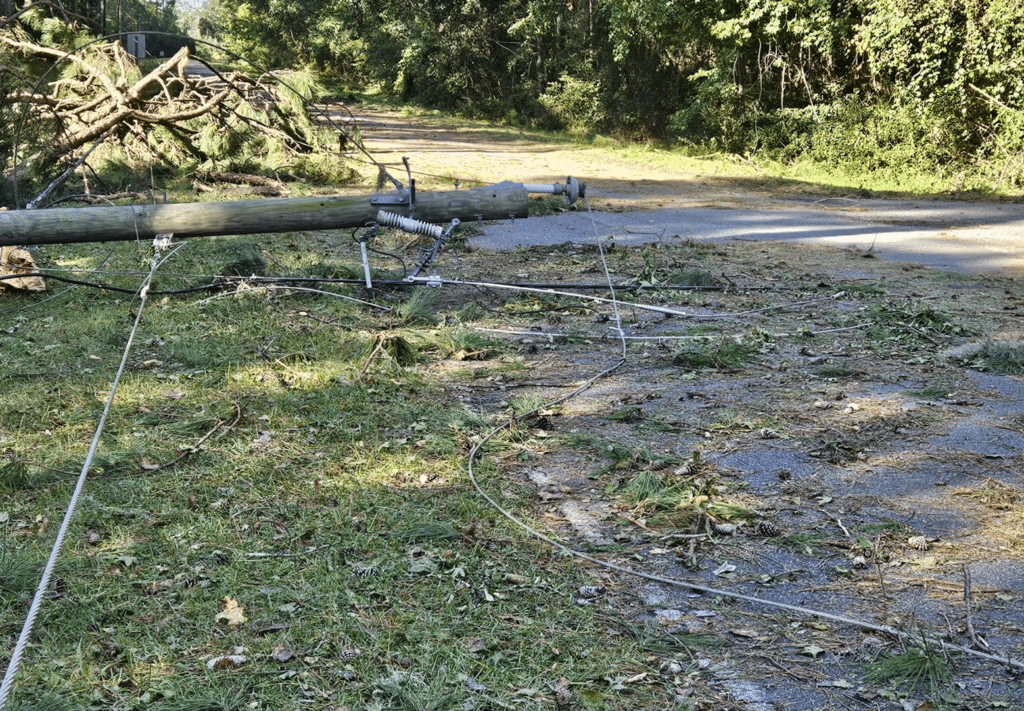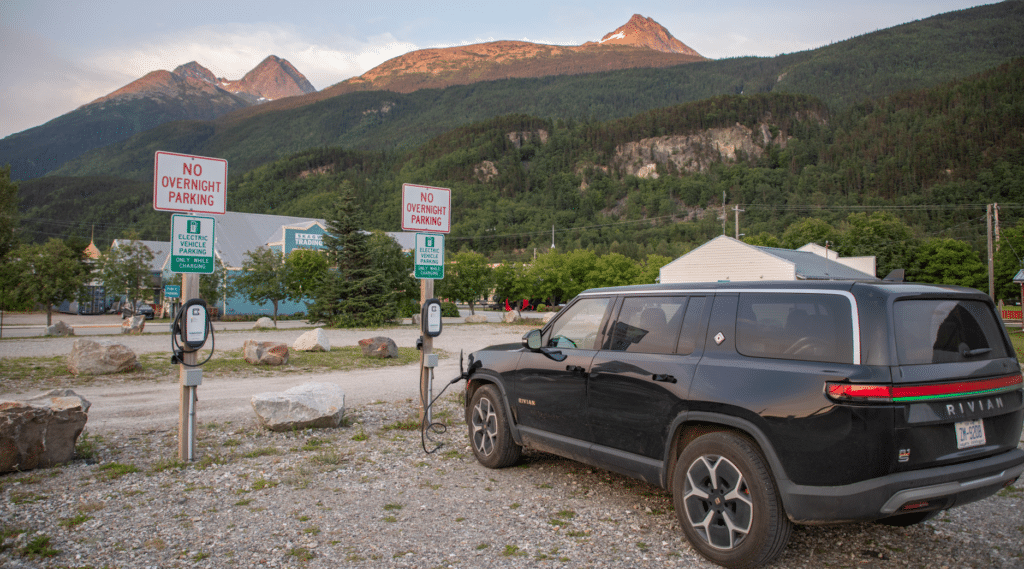If you’ve been watching the new auto releases with an eye toward going electric, you may have seen the breathless coverage of the new F-150 Lightning, which debuted earlier this year. “No truck has any business being this quick,” wrote one reviewer. Another called it “a thunderbolt that strikes at the heart of an industry hurtling toward adoption of electric cars.”
The fact that Ford has electrified its popular pickup truck—the top-selling vehicle in the country—is yet another sign of the clean energy times. So is the reservation list for the new model, which got so long that Ford recently stopped accepting preorders.
Amid all this enthusiasm for electric vehicles (EVs), it’s smart to check in on the state of EV charging infrastructure. The U.S. buildout of charging stations has been growing, for sure, but still has a ways to go. Here’s a look at the changes on the horizon aimed at making EV fueling easy and faster than ever.
On the road
Last week, Energy Secretary Jennifer Granholm announced a Joint Office of Energy and Transportation tasked with establishing a national network of 500,000 EV chargers. The press conference location was fitting: RS Automotive, a service station in Takoma Park, Maryland, that in 2019 became the first in the nation to stop selling gas and convert its stalls to EV charging instead.
The new government office will distribute the $7.5 billion allotted to an EV charging network in the infrastructure law President Biden signed earlier this fall. There’s work to do: As of the second quarter of this year, the U.S. has a little over 100,000 public charging ports installed. That’s not enough to support a scenario where 15 million light-duty EVs fill the roads in 2030 (up from a little under 2 million in 2020). Right now, the U.S. has about 68% of the DC fast chargers and about 16% of the Level 2 ports needed for that many EVs, according to the government’s latest tally. More than half the fast-charging ports are only usable by Tesla drivers.
Hence the aggressive charging buildout. If all proceeds according to plan, you’ll see a lot more charging stations popping up across the country. Especially “in rural, disadvantaged, and hard-to-reach locations,” which the White House says it will prioritize to fill gaps.
Also expect to see more charging options in general. The Biden administration wants to take a more “uniform approach” to the current patchwork of chargers, which vary in plug types, data availability, and payment options. Tesla has launched a pilot program in the Netherlands to open its supercharger network to non-Tesla drivers, and GM says it is adding 40,000 chargers in North America starting next year.
At home and off the road
Establishing a national charging network is important for cementing consumer confidence in EVs and making them as competitive as possible with gas-burning cars. But most EV owners won’t regularly be hunting for charging stations on the road: They’ll be charging at home.
We just published a handy breakdown of charging options and other decision-making tips about buying an EV here. As mentioned in that post, a Level 1 charge—plugging into a standard wall outlet—is the cheapest way to go. It’s slow, but if you’re charging overnight at the end of the driving day, that will serve you just fine.
That said, this year the marketing research firm JD Power rolled out its first study of consumer sentiment around home charging and found that EV drivers are happiest when they have a dedicated Level 2 charger, which will get you about five times the range as a Level 1 charge in the same amount of time.
Home charging can be trickier for apartment dwellers and renters, but some property owners recognize the value of installing chargers. At Green Rock Apartments in Minnesota, chargers “are a major draw for tenants and make the units more valuable,” the owner said in a Department of Energy case study.
Pro-charging policies are also helping to expand access. As this post at Grist points out, “right to charge” laws in a handful of states give tenants the right to install charging equipment. Some cities are beginning to address this need through building codes. A law passed for Washington, D.C., this year that goes into effect for new construction and major renovations in 2022 requires commercial and multi-unit buildings to provide EV-ready parking spaces. San Francisco has a similar law on the books, and so does the entirety of the United Kingdom. The latter law, which will require charging ports for new U.K. commercial and residential as of next year, will add up to 145,000 plug-in points in 2022, according to government estimates.
The overall goal should be to make chargers ubiquitous, so that they eventually become even easier and more accessible compared to gas stations. To that end, Jeep is even installing Level 2 charging stations at off-road trailheads, starting in Utah and California.
Under the hood
As charging stations proliferate, the EVs themselves continue to get more range in less time. Kia’s new record-setting model set to ship in January, the EV6, reportedly can charge from 10% to 80% in 18 minutes. The 2022 Hyundai Ioniq 5 achieved the same feat in this review. Scientists are hard at work on developing batteries that can charge even faster. The eXtreme fast charge Cell Evaluation of Lithium-ion Batteries, or X-CEL, initiative, which is led by Argonne National Laboratory, has a goal to develop batteries that recharge within 15 minutes or less. This isn’t just about passenger cars: Better, more powerful batteries overall are also key to electrifying the trucking sector.
So, while you might have to wait a little bit for some of them, good things are in store for EV drivers this coming year and into the decade. Here’s to 2022!















